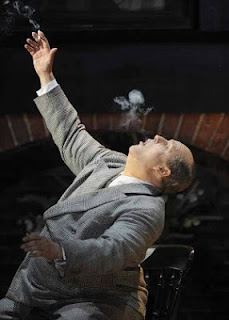For years I’ve been meaning to visit the British code-breaking centre from the Second World War, Bletchley Park, finally making it there this last long weekend.
Just so interesting, even exciting, to learn about the
extraordinary achievements of creative thinking and teamwork. And the
consequences for achieving sustained success – the shortening of the war,
perhaps by years, and the saving of innumerable lives.
I had not realised how extensive it was, nor how much of it
still exists. Nearly 10,000 people worked there at its peak, just a few of them
still celebrated, Alan Turing the most.
It had me thinking about whether the German military machine
enjoyed similar successes.
The Germans certainly poured similar resources into code-breaking,
but with significantly less success. Why was that? My understanding is that while the
British had one centre dedicated to all the services, the Germans had something
like a dozen separate departments working in secrecy and isolation from each
other. So there was very limited opportunity for one branch to benefit from the
breakthroughs of another.
They did, of course, have successes. The most significant of
these was that, in the early part of the war, their Naval code-breaking team
were able to know the positions of all British ships – naval and merchant.
I believe there are learnings here for R&D functions
everywhere?














